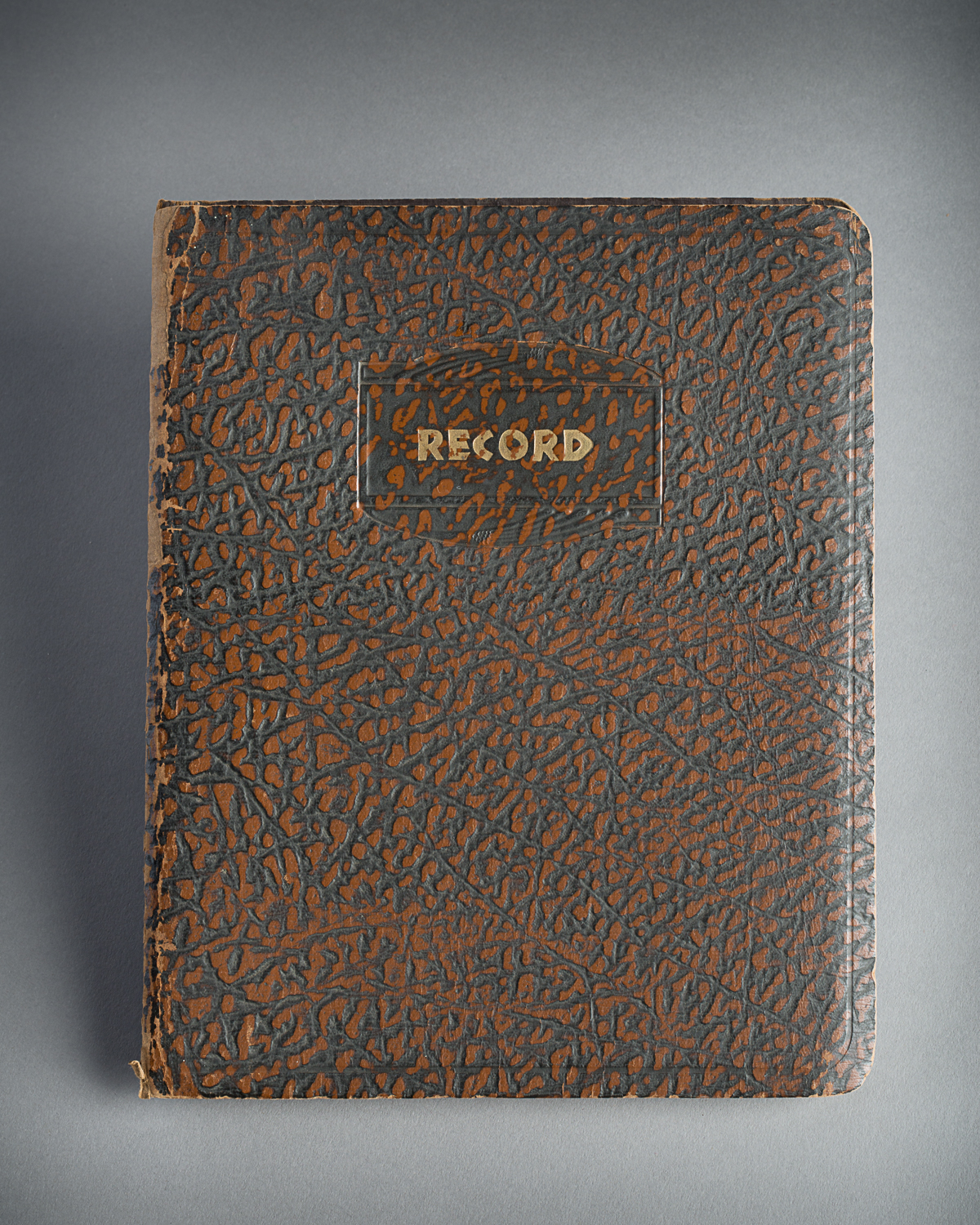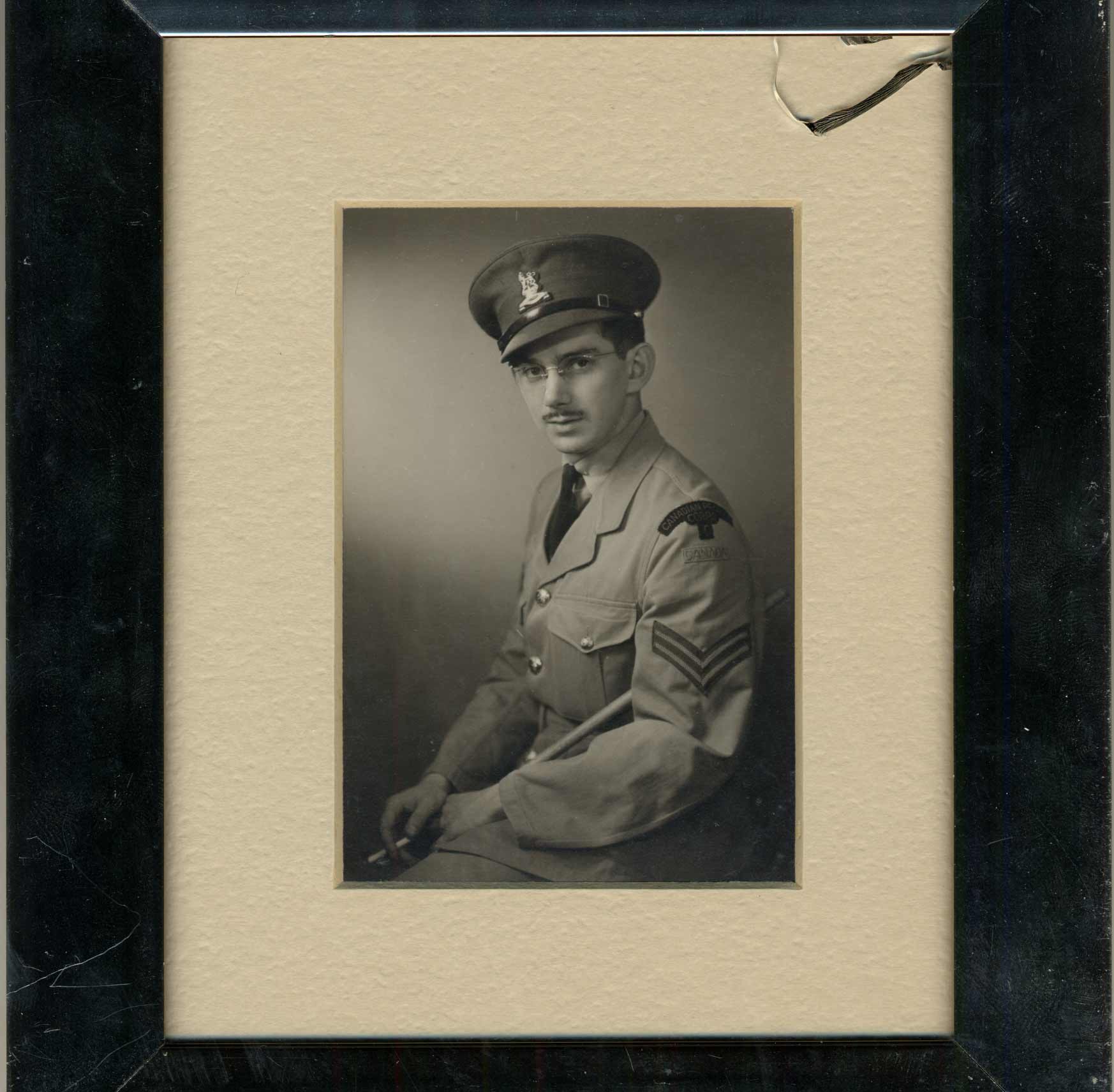This 27-page diary belonged to Sydney Howard Selig. He wrote it between June and October 1941 when he was a guard in an internment camp near Sherbrooke, Quebec.
Canadian Internment Camps
During World War II, Canada opened internment camps to incarcerate “enemy aliens”, including Japanese, Italian and German citizens. Most of the German civilians were arrested in Great Britain before being transferred to the Canadian camps. Among them were almost 2,300 Jewish refugees who had fled Nazi persecution in Germany.
Sydney Howard Selig’s Military Career
Sydney Howard Selig, a young Jewish man from Montreal, joined the Canadian Army in 1939. He was assigned as a guard at Internment Camp N in Sherbrooke, Quebec, from September 1941 to January 1942. In his diary, Sydney regularly mentions the refugees and refers to a strike that they organised to protest their working conditions. He wrote: “You can’t expect of men locked up behind barbed wires to work the same as free men. […] All they want is freedom.”
Between 1942 and 1945, Sydney was sent to Europe as a military correspondent. He returned to Canada and worked for his family’s scrap steel business, Selig & Sons Ltd, until his retirement.
Roselyn Selig, Sydney’s daughter-in-law, donated the diary to the Montreal Holocaust Museum in 2000.
This project is part of the implementation of the Plan culturel numérique du Québec.



